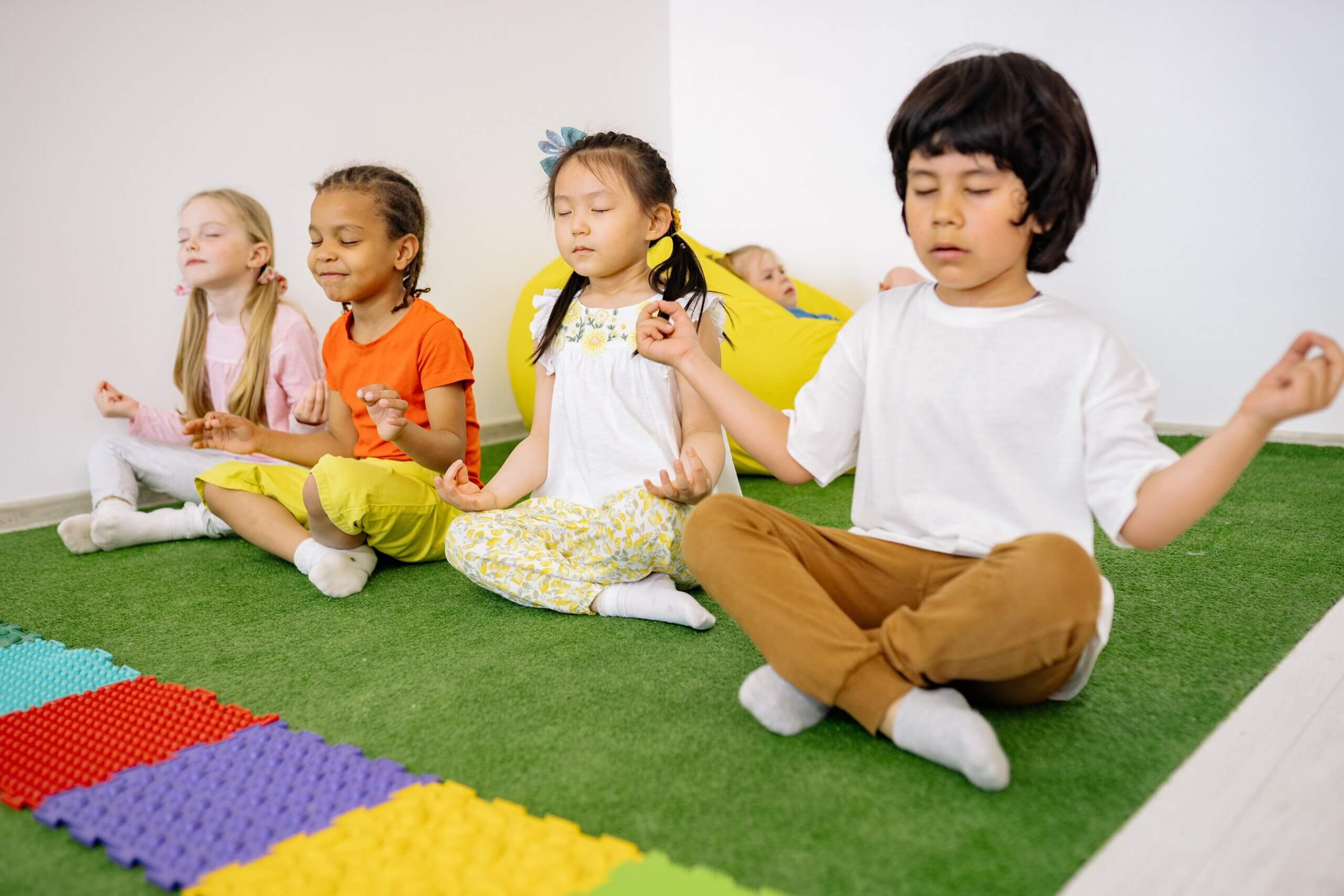Teaching yoga to children can be a fun and rewarding experience for the teacher and the student. Not only does it allow children to learn about their bodies and practice mindfulness, but it also allows them to find peace and calm in their lives.
This article will discuss the fundamentals of teaching yoga to children, including what it is, the benefits, and the key steps in setting up and leading kids through the practice.
Benefits of Yoga for Kids
Yoga is a beneficial and fun activity for children of all ages. Studies have shown that it can improve physical strength, balance and flexibility and help reduce stress and anxiety. Additionally, yoga can build self-confidence and a sense of mindfulness and connection to the body, mind and spirit.
Setting Up a Yoga Class for Kids
Before you begin, consider a few key steps when setting up a yoga class for kids. Here are the key steps to follow:
Step 1: Establish Clear Expectations and Guidelines
Before beginning the yoga class, it is important to establish clear expectations and guidelines with the students. This includes things like the length of the class, the type of poses and breathing exercises that will be included, and general classroom rules.
Step 2: Choose a Relaxing Environment
Creating a relaxed and inviting environment for kids to practice yoga is essential. This means having open space, low lights and calming music. It is also a good idea to provide comfortable props like bolsters and blankets and blocks and straps for more experienced students.
Step 3: Adapt Poses for Different Ages and Abilities
When teaching yoga to kids, it is important to adapt the poses for different ages and abilities. For younger children, using simple poses and adding a lot of fun games and stories can make the practice easier and more enjoyable. Providing more challenging poses and using verbal queues to help the students move into the poses is often beneficial for older children.
Some sample poses for younger children (ages 4-7) include Cat/Cow Pose, Tree Pose, Cobra Pose and Mountain Pose. Meanwhile, For older children (ages 8-12), some sample poses include Warrior I and II, Half Moon Pose, Chair Pose and Plank Pose.
Step 4: Make Sure the Classes are Structured
When teaching yoga to kids, it is important to ensure the classes are structured and organised. This includes setting a time frame for the session, having a designated starting and ending time and providing a clear outline of the poses and activities that will be included in the session.
Step 5: Use Music and Imagery
Music and visual imagery can make the yoga practice more engaging and enjoyable for kids. It can be used to help the students move into poses and to help them relax.
Step 6: Incorporate Breath Work
Incorporating breathwork into yoga classes for kids is a great way to help them connect with their bodies and breath. Focusing on their breath can help them learn to relax and be mindful.
Key Takeaways
Following the steps mentioned above, you can create a successful and enriching yoga class for kids. By setting clear expectations and guidelines, choosing a relaxing environment, adapting poses for different ages and abilities and more, you can ensure that the classes are fun and beneficial for the students.
Looking for a fun and active way to bond with your child? Yogamoo offers a children’s yoga training course perfect for parents and kids of all ages! Get in touch with us for more information.

Leave A Comment